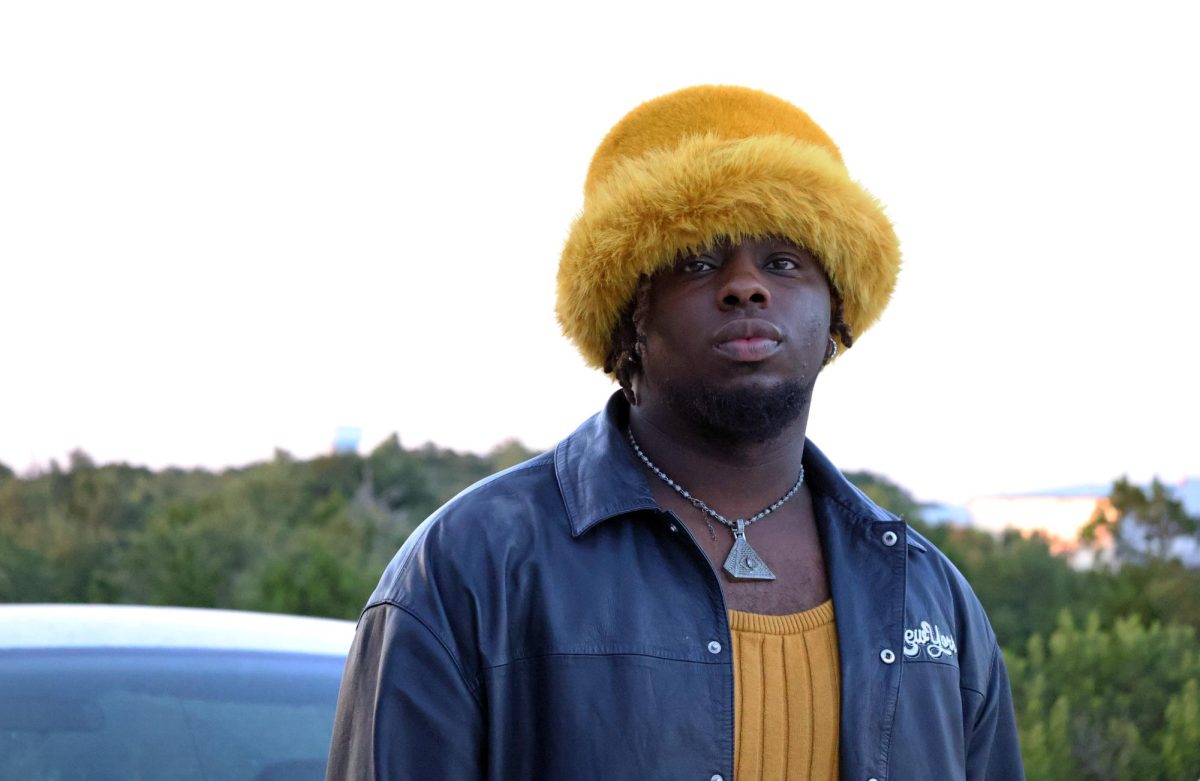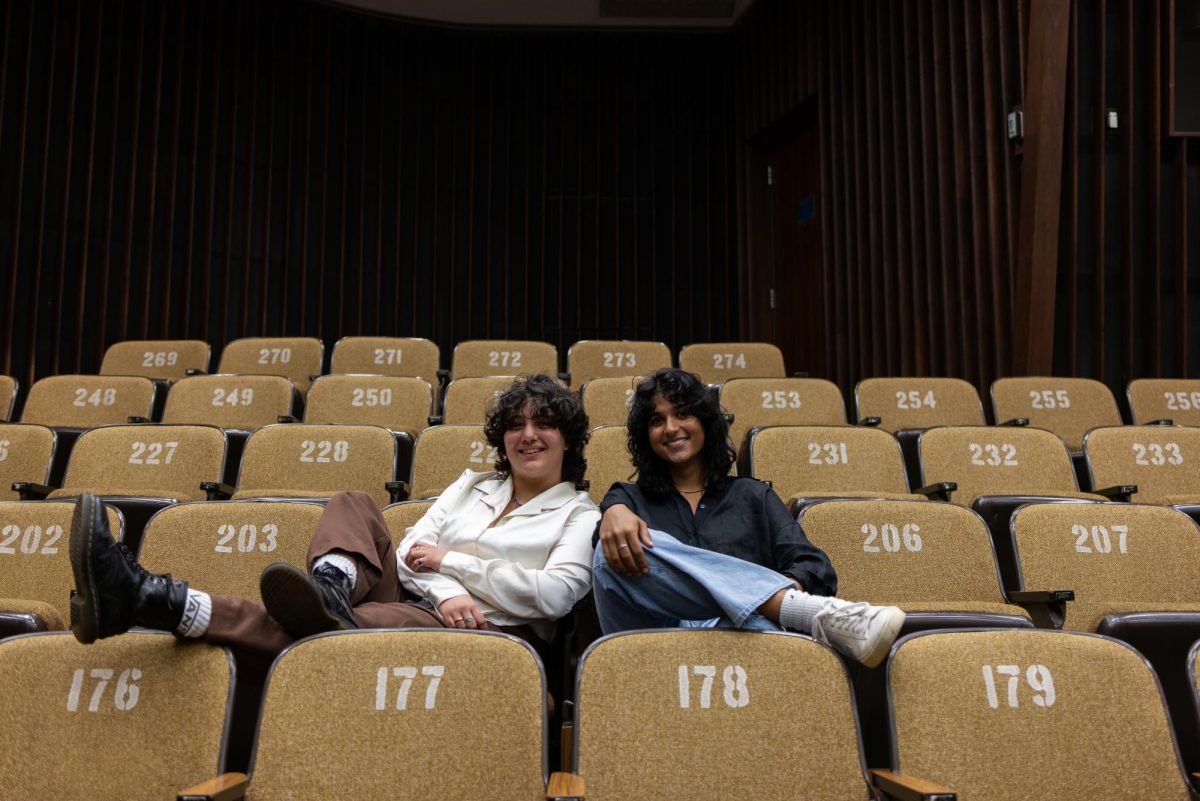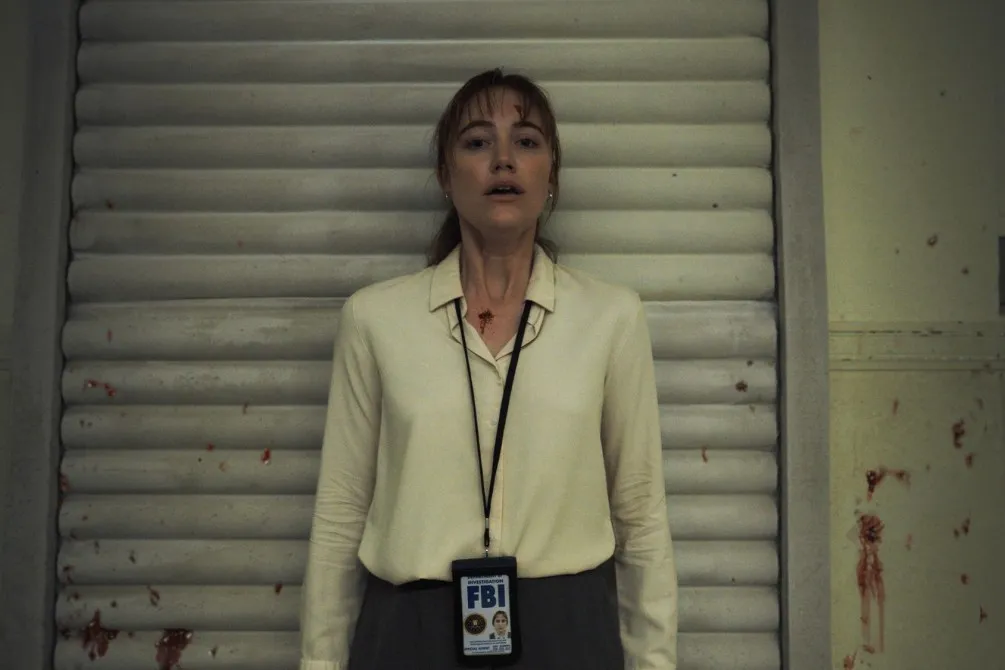This past weekend more than 350 journalists converged at the Blanton Museum of Art for the annual International Symposium of Online Journalism. This year a record-breaking number of editors, reporters and academics attended the conference to discuss changes to the digital journalism industry.
And they could not have come together at a more important or interesting time. Examples of great and horrible journalism were prominently displayed this past week in the wake of the Boston Marathon bombing and the West fertilizer plant explosion.
It would be impossible to sum up the ISOJ quickly and do the entire conference justice. Instead, here are five big takeaways from the ISOJ for journalists and consumers of media:
1). Journalists are still struggling at engagement
Every time The Christian Science Monitor’s website hits 1 million page views in a day, a bell goes off in the office, according to Jonathan Groves, one of the authors of the research paper “40 Million Page Views is Not Enough.” The Christian Science Monitor is an online news site devoted to covering national and international news. Groves’ paper examined how the Monitor has succeeded in surpassing their goal of hitting 40 million page views a month, but is struggling to engage its readers. Getting millions of page views may keep a news publication in business, but it does not mean journalists are truly serving their readers by informing and engaging them.
2). “If you aren’t on Twitter … you’re a bad journalist.”
During a Q&A session, Clark Gilbert, president and CEO of the Deseret News Publishing Company and Deseret Digital Media, said the following: “If you aren’t on Twitter, if you don’t follow the social flow, if you don’t curate, you are a bad journalist.”
This is old news, but it is important to rehash and repeat it until everyone is on board. Twitter is not some silly social media site. It is a serious tool that every journalist should be using. Using Twitter should be automatic, like breathing.
3). “The best of times and the worst of times”
Jill Abramson, executive editor of The New York Times, said this in reference to the past week of news coverage. In an era where anyone can make a blog and call themselves a journalist, there is a lot of bad journalism online. At the same time, digital platforms give journalists the ability to report faster and with more information than ever before. These digital tools are also inspiring expansive and ambitious multimedia projects, such as The New York Times’ “Snow Fall,” a 17,000 word story complete with videos and photographs presented in a way that is only possible online.
On the other side of the coin, these digital tools like Twitter allow false information and bad journalism to be spread faster than ever before. It’s important for journalists and media consumers to remember this and to always take breaking news reports with a grain of salt.
4). It’s a new era of news
Emily Bell, the director of the Tow Center for Digital Journalism at Columbia University, gave a presentation called “Post-industrial present.” At the talk, Bell said the “industrial” age of journalism is drawing to a close.
“We can’t really describe the industry anymore,” Bell said. “It’s so fragmented now.”
What Bell meant is there are so many different types of journalism and so many different mediums to deliver journalism. It’s hard to define just what journalism is and what journalism isn’t anymore.
5). Social media even troubles the top dogs
Andy Carvin, who leads NPR’s social media strategy, gave a moving speech at the ISOJ on social media and the troubles it presents for journalism. In his speech, Carvin spoke about how journalists are pressured to break news quickly, but that does not mean they should sacrifice accuracy just to be first.
“We messed up. We didn’t always get the story right. We didn’t serve the public as well as we could have,” Carvin said, referencing both the Newtown shooting and the Boston Marathon explosion.
Carvin was the reporter from NPR who sent the Twitter message falsely reporting Gabrielle Giffords died at the 2011 Tucson Shooting. He knows both the pressure of reporting breaking news and the consequences of falsely reporting it. When social media is troubling for even the best in the business, we can rest assured that we all have some learning to do.




















